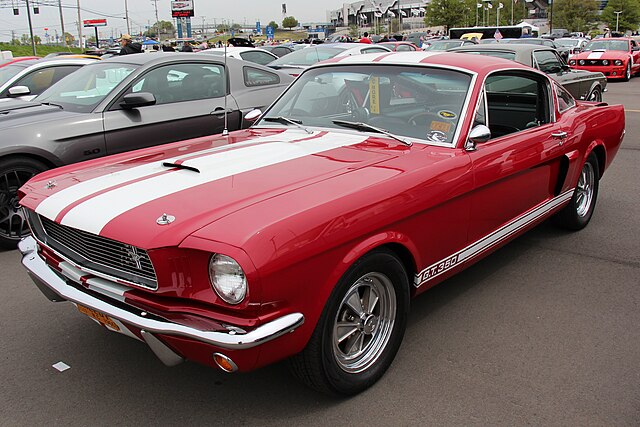
The Shelby Mustang GT350, produced from 1965 to 1970, stands as a hallmark in the pantheon of American muscle cars, blending raw power with the ingenuity of automotive design. Conceived through the collaboration between Ford Motor Company and Carroll Shelby, the GT350 was designed to compete in sports car racing while maintaining its street-legal status.
This car not only achieved that goal but also became a cultural icon, symbolizing speed, performance, and a rebellious spirit.
Genesis and Development

The Shelby Mustang GT350’s story begins in 1964, when Ford sought to invigorate its Mustang lineup by entering the sports car racing arena. Carroll Shelby, already famous for his work on the Cobra, was tapped to develop a high-performance version of the Mustang.
Shelby’s approach was comprehensive, focusing on enhancing the engine, suspension, and overall design to meet the rigorous demands of racing.
The first Shelby Mustang GT350 debuted in 1965, equipped with a modified 289 cubic inch V8 engine, producing around 306 horsepower. This was a significant upgrade from the standard Mustang’s powertrain, propelling the GT350 into the spotlight. Shelby also made significant modifications to the car’s suspension and braking systems, ensuring it could handle the increased power.
The design of the GT350 was marked by distinctive styling cues, including a lower stance, side stripes, and the absence of a rear seat to reduce weight. These features not only enhanced performance but also created a visual identity that was instantly recognizable and distinctly Shelby.
Racing Legacy
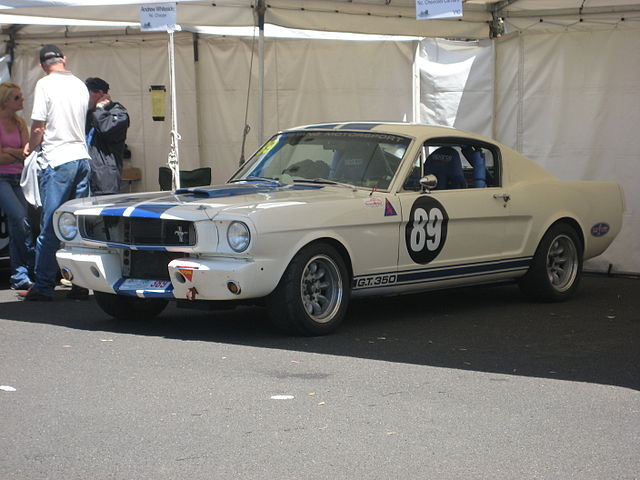
The GT350 was not just built for the road; it was designed with a clear focus on dominating the track. In its debut year, the GT350R, a race-specific variant, clinched victories in SCCA B-Production class races, setting the stage for its legendary status. Carroll Shelby’s mantra of transforming a “good car into a competitive race car” was realized through meticulous engineering and an unyielding pursuit of performance.
Throughout its production run, the Shelby GT350 continued to evolve as a competitive force in motorsports. Its racing success helped to cement the Mustang’s reputation as a versatile car that could excel in various competitive environments, from drag strips to road courses. This legacy of performance contributed significantly to the Mustang’s enduring popularity and the development of future high-performance variants.
The GT350’s impact on motorsports also highlighted the close relationship between racing achievements and consumer car sales. Its success on the track directly influenced the demand for Mustangs among the general public, who were eager to own a piece of racing heritage.
Innovations and Features
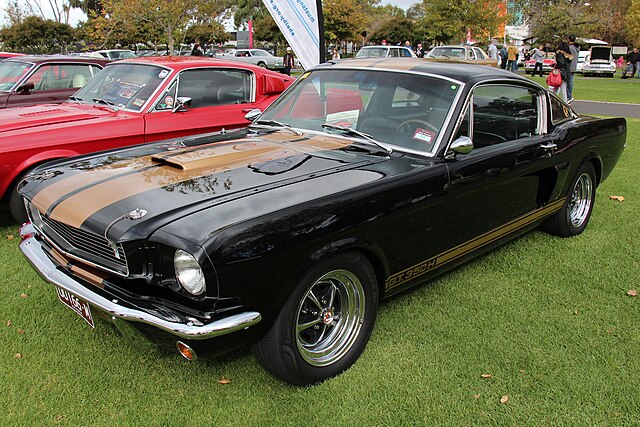
Beyond its powerful engine and racing pedigree, the Shelby Mustang GT350 introduced several innovations and features that set it apart. Carroll Shelby’s team implemented changes aimed at improving handling, such as relocating the battery to the trunk, adding traction bars, and enhancing the front suspension geometry.
These modifications provided the GT350 with superior balance and handling compared to its contemporaries.
The interior of the GT350 was spartan yet functional, reflecting its racing roots. Features such as a wooden steering wheel, a tachometer mounted on the dashboard, and optional rear seat delete highlighted its performance-oriented design. Additionally, the use of fiberglass panels for the hood and other components helped reduce weight and improve acceleration.
Safety was also a consideration in the GT350’s design, with improvements made to the braking system and the addition of a roll bar in some models. These features, while aimed at the track, also benefited street-driven cars, offering a higher degree of safety and reliability.
Cultural Impact
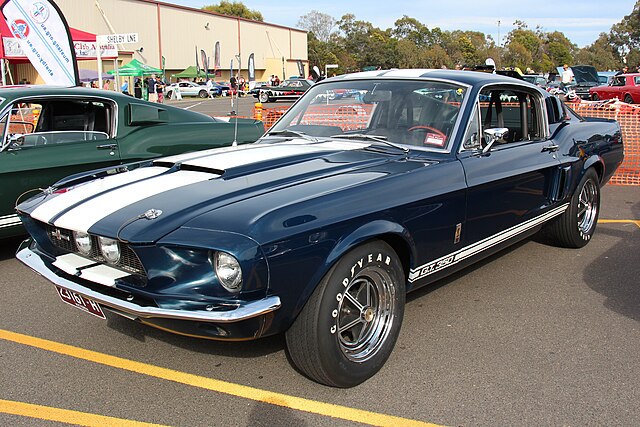
The Shelby Mustang GT350 transcended its role as a mere automobile to become a symbol of 1960s American culture. It embodied the era’s spirit of freedom and rebellion, appealing to a wide audience that included not only racing enthusiasts but also celebrities and movie stars. The GT350 appeared in numerous films and television shows, further embedding it in popular culture.
The allure of the Shelby GT350 extended beyond its performance, capturing the imagination of the public with its aggressive styling and the roar of its V8 engine. It represented the pinnacle of American muscle, combining brute force with the mystique of Carroll Shelby’s racing pedigree.
Today, the GT350 is revered among collectors and enthusiasts, valued not only for its performance and historical significance but also for its role in shaping the identity of the American muscle car. Its legacy continues to influence the design and development of performance cars, serving as a benchmark for what a sports car can achieve.
Evolution and Legacy
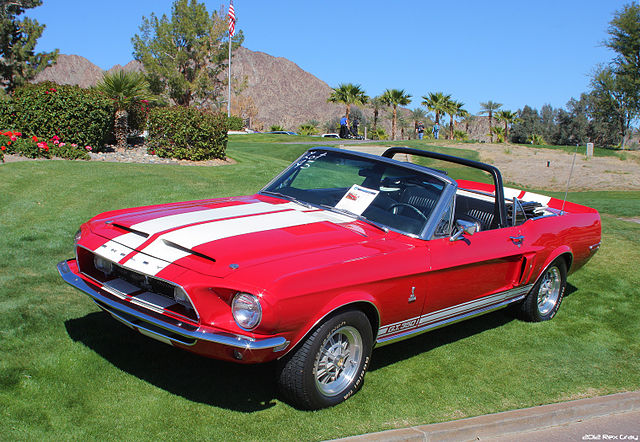
Over its production run from 1965 to 1970, the Shelby Mustang GT350 underwent several changes, including variations in engine size and output, styling updates, and the introduction of new features. These changes reflected both advancements in automotive technology and shifts in consumer preferences.
Despite the end of its production in 1970, the GT350’s legacy lives on. Ford revived the Shelby GT350 nameplate in recent years, paying homage to the original’s performance and spirit. The new iterations continue to push the boundaries of power and handling, drawing on the rich heritage of the Shelby Mustang lineage.
The original Shelby Mustang GT350, with its blend of performance, innovation, and cultural impact, remains a towering figure in the history of American automobiles. Its story is a testament to the vision of Carroll Shelby and the enduring appeal of the Mustang, a car that continues to capture the hearts of enthusiasts around the world.
